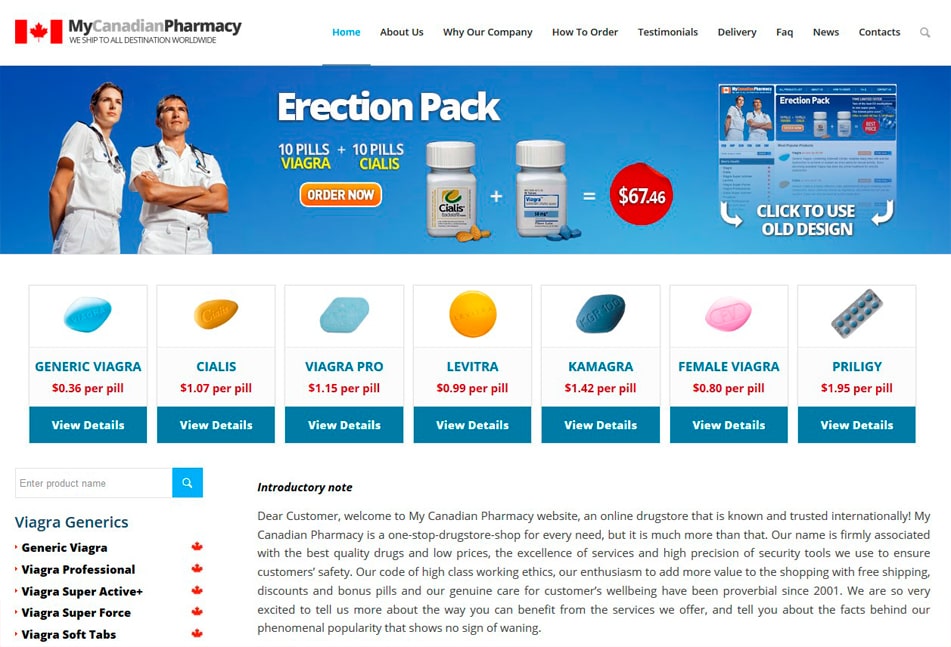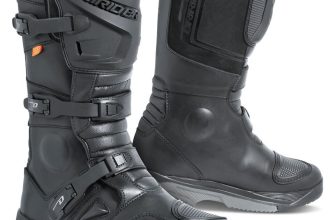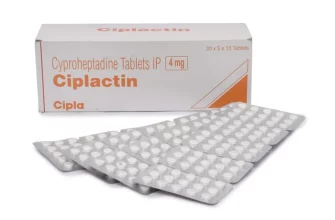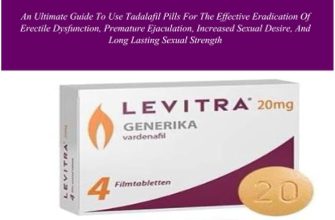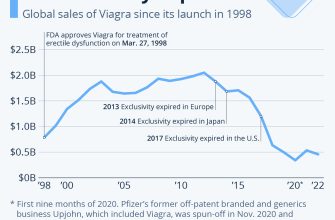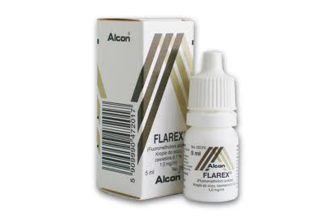Need reliable access to prescription drugs at competitive prices? Explore Canadian pharmacies. Many offer significant savings compared to US prices, particularly for brand-name medications. This difference stems from pricing regulations and government subsidies.
Focus on pharmacies with verifiable licenses and certifications. Verify their legitimacy through independent review sites and online pharmacy directories. Look for transparent pricing and clear information about shipping times and return policies. Checking for accreditation by recognized organizations is also a vital step.
Before ordering, contact your doctor to discuss the transfer of your prescription. Confirm the pharmacy’s ability to fill your specific medication. Understand the potential implications of importing medications and any customs regulations that may apply. Don’t hesitate to ask questions; reputable pharmacies welcome clear communication.
Remember: Always prioritize your health. Conduct thorough research and compare multiple pharmacies before making a purchase. Read customer reviews carefully to gauge reliability and service quality. Your well-being is the top priority.
Pro Tip: Consider using a pharmacy comparison website to streamline your search and identify the best options based on your needs and medication.
- Canadian Pharmacy: A Comprehensive Guide
- Prescription Requirements
- Choosing a Reputable Pharmacy
- Shipping and Delivery
- Payment Security
- Medication Safety
- Customer Service
- Potential Risks and Safeguards
- Legal Considerations
- Legality and Regulation of Canadian Pharmacies
- Finding Reputable Canadian Online Pharmacies
- Secure Transactions
- Prescription Requirements
- Contact Information
- Accreditation
- Prescription Drug Prices in Canada vs. the US
- Factors Influencing Price Differences
- Specific Examples of Price Differences
- Finding Affordable Medications in Canada
- Common Medications Available Through Canadian Pharmacies
- The Process of Ordering Medications from a Canadian Pharmacy
- Shipping Times and Customs Procedures
- Potential Risks and Precautions When Using Canadian Pharmacies
- Protecting Yourself from Scams and Counterfeit Drugs
- Checking the Medication
- Secure Payment Methods
- Communication and Tracking
- Reporting Suspicious Activity
- Using Your Best Judgement
Canadian Pharmacy: A Comprehensive Guide
Always verify a pharmacy’s legitimacy with Health Canada before ordering. Their website provides a database of licensed pharmacies.
Prescription Requirements
You’ll need a valid prescription from a licensed Canadian doctor. Some online pharmacies may offer telemedicine consultations, but ensure they’re compliant with Canadian regulations. Be wary of sites offering medication without a prescription; this is illegal and unsafe.
Choosing a Reputable Pharmacy
Look for pharmacies displaying their license number prominently. Check online reviews, but remember biased opinions exist. Verify the pharmacy’s physical address; a legitimate business has a traceable location. Compare prices, but prioritize safety over cost. Avoid extraordinarily low prices; they often signal counterfeit drugs.
Shipping and Delivery
Understand the shipping times and costs upfront. Track your package using the provided tracking number. Be aware of potential customs delays for international orders. Contact the pharmacy directly for shipping updates.
Payment Security
Use secure payment methods like PayPal or credit cards that offer buyer protection. Avoid pharmacies asking for wire transfers or unusual payment methods. Check the website’s security certificate (HTTPS) to ensure data encryption.
Medication Safety
Always follow the dosage instructions provided by your doctor. Store medications as directed on the label. Dispose of expired medications properly; consult your local pharmacy or municipality for guidance. Report any adverse reactions to your doctor immediately.
Customer Service
A reputable pharmacy offers readily available customer support via phone, email, or live chat. Test their responsiveness before placing a large order. Expect clear and helpful answers to your questions.
Potential Risks and Safeguards
Counterfeit drugs are a significant concern. Purchasing from unlicensed sources poses serious health risks. Always use caution and prioritize safety when ordering medications online. Your health is paramount.
Legal Considerations
Canadian regulations govern the sale and distribution of prescription drugs. Familiarize yourself with these laws before purchasing. Understand the potential legal implications of obtaining drugs through unauthorized channels.
Legality and Regulation of Canadian Pharmacies
Canadian pharmacies operate under strict provincial and federal regulations. Each province licenses pharmacies and pharmacists, ensuring adherence to high standards of practice. The federal government regulates the sale and distribution of prescription drugs across provincial borders.
Licensing is key. Look for a pharmacy’s license number readily displayed on their website or physical location. This confirms their legal operation. Verify this information with the relevant provincial regulatory body.
Prescription verification is paramount. Only use pharmacies that require valid prescriptions from licensed Canadian physicians. Be wary of online pharmacies offering medications without a prescription; they likely violate Canadian law.
Secure online ordering processes should include Secure Sockets Layer (SSL) encryption for protected data transmission. Check for secure website indicators (e.g., padlock icon in address bar). Reputable Canadian pharmacies prioritize patient privacy and data security.
Transparency is critical. Legitimate pharmacies openly display their contact information, physical address (if applicable), and licensing details. Lack of transparency should raise concerns about the legitimacy of the business.
Report suspected illegal activity to your provincial regulatory authority. They are responsible for investigating and enforcing pharmacy regulations.
Always prioritize your health and safety. Using unregulated pharmacies can lead to receiving counterfeit or substandard medications, posing serious health risks. Choose licensed, reputable Canadian pharmacies to ensure you obtain safe and effective medications.
Finding Reputable Canadian Online Pharmacies
Verify the pharmacy’s license with your provincial regulatory body. Each province maintains a register of licensed pharmacies; this is your first line of defense against fraudulent operations. Check for a physical address in Canada, not just a PO box. Legitimate pharmacies will openly display this information.
Secure Transactions
Look for a secure website, indicated by “https” in the URL and a padlock icon in the browser. This ensures your personal and financial information is encrypted. Read customer reviews on independent review sites – but be aware that fake reviews exist, so look for patterns and consistent feedback.
Prescription Requirements
Reputable pharmacies require a valid prescription from a licensed Canadian physician. Be wary of sites that offer medications without a prescription. This is a major red flag indicating illegality and potential health risks. Confirm the pharmacy’s privacy policy – understand how they handle your personal data.
Contact Information
Check for multiple contact methods – phone, email, and a physical address. A lack of easily accessible contact information is suspicious. Avoid pharmacies with only limited or vague contact details.
Accreditation
While not always mandatory, accreditation by organizations like the Canadian International Pharmacy Association (CIPA) indicates a commitment to quality and safety. Look for this verification on their site.
Prescription Drug Prices in Canada vs. the US
Canadians generally pay significantly less for prescription drugs than Americans. This difference stems from Canada’s publicly funded healthcare system and drug price regulations.
Factors Influencing Price Differences
- Government Regulation: Canada’s government negotiates drug prices with pharmaceutical companies, leading to lower costs than the US’s largely unregulated market.
- Bulk Purchasing: Provincial healthcare systems purchase drugs in bulk, leveraging their buying power to secure lower prices.
- Patent Expiry: Generic drugs become available sooner in Canada, increasing competition and lowering prices.
- Importation Policies: While personal importation of prescription drugs is subject to restrictions, Canada’s policies can potentially allow for some cost savings compared to the American system.
For example, a recent study by the RAND Corporation showed that the average cost of brand-name drugs in Canada is approximately 50% lower than in the United States. This disparity applies to various medications, including insulin, cancer treatments, and heart medications.
Specific Examples of Price Differences
- Insulin: The price of insulin can be drastically different. Canadian prices are consistently lower due to government price controls and the availability of generic versions.
- Brand-name drugs: Many brand-name medications, especially newer drugs without generic alternatives, are substantially cheaper in Canada.
- Specialty drugs: While the cost difference might not always be as dramatic, even costly specialty medications tend to be more affordable in Canada.
Consult a Canadian pharmacist or doctor for advice on obtaining prescription medications and understanding the applicable costs and regulations. Remember to check the legality and safety of importing medications.
Finding Affordable Medications in Canada
- Compare Prices: Utilize online pharmacy price comparison tools to find the best deals.
- Explore Generic Options: Generic medications are often considerably less expensive than brand-name equivalents.
- Prescription Drug Insurance: Consider the coverage provided by your insurance plan, if applicable.
- Patient Assistance Programs: Many pharmaceutical companies offer assistance programs to help patients afford their medications.
Common Medications Available Through Canadian Pharmacies
Canadian pharmacies offer a wide range of prescription and over-the-counter medications. Many medications are available at competitive prices compared to other countries. You’ll find common drugs for various health needs.
For example, you can easily obtain medications for:
| Medication Category | Examples |
|---|---|
| High Blood Pressure | Lisinopril, Amlodipine, Valsartan |
| High Cholesterol | Atorvastatin, Simvastatin, Rosuvastatin |
| Diabetes | Metformin, Glipizide, Insulin (various types) |
| Pain Relief | Ibuprofen, Acetaminophen, Naproxen |
| Allergies | Cetirizine, Loratadine, Fexofenadine |
| Antibiotics | Amoxicillin, Doxycycline, Azithromycin (prescription required) |
Remember to always consult your doctor before starting any new medication, even those available over-the-counter. They can help determine the correct dosage and ensure it’s suitable for your individual health needs and potential interactions with other medications.
Prescription medications require a valid prescription from a licensed physician. You’ll need to provide this to the pharmacy when ordering. Many Canadian pharmacies offer online consultations, streamlining the process. However, always verify the legitimacy of online pharmacies to avoid counterfeit or unsafe medications.
For specific medication availability and pricing, check directly with the Canadian pharmacy you choose. Pricing varies depending on the medication, quantity, and pharmacy.
The Process of Ordering Medications from a Canadian Pharmacy
First, verify the pharmacy’s legitimacy with your regulatory bodies. Check their licensing and accreditation.
Next, create an account on their website. You’ll need to provide accurate personal and prescription information.
Then, select your medication. Use the search function or browse their catalog. Confirm the dosage and quantity.
After that, review your order carefully before proceeding to checkout. Double-check all details.
Now, choose your preferred payment method. Most pharmacies accept major credit cards and sometimes PayPal.
Following payment, you’ll receive an order confirmation email. This will contain your order number and estimated delivery timeframe.
Finally, monitor your order’s status using the tracking number provided. Contact the pharmacy’s customer service if you have questions.
Shipping Times and Customs Procedures
Expect delivery within 7-14 business days for most Canadian orders. International shipping times vary significantly depending on your location and customs processing. You’ll receive tracking information to monitor your package’s progress.
Customs clearance times are unpredictable. Factors influencing processing include the type of medication, your country’s regulations, and current customs workload. Delays can happen; be prepared for potential variations. You are responsible for any customs duties or taxes levied by your country. Check your country’s import regulations before ordering to avoid surprises.
For quicker delivery within Canada, consider expedited shipping options at checkout. Note that expedited shipping does not affect customs processing times for international orders.
If you have specific questions about shipping to your region, please contact our customer service team before placing your order. We’re happy to help you understand potential delays and costs associated with your location.
Potential Risks and Precautions When Using Canadian Pharmacies
Verify the pharmacy’s legitimacy with your provincial regulatory body or Health Canada. This helps ensure it’s a licensed and reputable operation.
Check the pharmacy’s website for a physical address and contact information. Avoid pharmacies with only a PO Box or limited contact details.
Scrutinize the medications carefully upon arrival. Look for signs of tampering or damage. Report any issues immediately.
Confirm the prescription details match exactly what your doctor prescribed. Discrepancies could indicate counterfeit medications.
Understand your rights as a consumer regarding returns and refunds. Canadian pharmacies should have clear policies in place.
Be wary of unusually low prices. Extremely cheap medications may be substandard or counterfeit.
Only use pharmacies that have a secure online ordering system with SSL encryption. This safeguards your personal and financial information.
Read reviews from other customers before placing an order. Positive reviews from multiple sources indicate reliability.
Keep copies of all orders, prescriptions, and communications with the pharmacy. This provides documentation for future reference.
Consult your doctor or pharmacist before ordering any medication online. They can help determine the medication’s suitability and potential interactions.
Protecting Yourself from Scams and Counterfeit Drugs
Verify the pharmacy’s license and registration. Check for legitimacy through your provincial regulatory body’s website. Look for a physical address and contact information; avoid pharmacies with only PO boxes or virtual addresses.
Checking the Medication
- Inspect the packaging for inconsistencies. Look for blurry printing, misspellings, or unusual colors and fonts that differ from genuine packaging.
- Verify the pill shape, size, and color against information on the manufacturer’s website. Discrepancies are a red flag.
- Confirm the presence of security features. Check for tamper-evident seals or unique identification codes.
Always order from reputable Canadian pharmacies listed on the official website of your provincial regulatory body or Health Canada. Be cautious of unusually low prices–they may indicate counterfeit medication.
Secure Payment Methods
- Use secure payment gateways like PayPal or credit cards offering buyer protection.
- Avoid paying with wire transfers or prepaid debit cards, as these methods offer minimal recourse if scammed.
- Review the pharmacy’s privacy policy; ensure they protect your personal and financial information.
Communication and Tracking
Communicate only through secure channels provided on the pharmacy’s official website. Be wary of unsolicited emails or calls.
- Track your order meticulously using the tracking number provided. Report any delivery delays or inconsistencies to the pharmacy immediately.
- Keep records of all your transactions, including order confirmations, payment receipts, and communication with the pharmacy.
Reporting Suspicious Activity
Report any suspected counterfeit medication or fraudulent activity to Health Canada and your provincial regulatory body. Your vigilance helps protect others.
Using Your Best Judgement
- If something feels off, trust your instincts. Do not proceed with the transaction.
- Research thoroughly before purchasing medications online. A quick search can reveal warnings or negative reviews.

